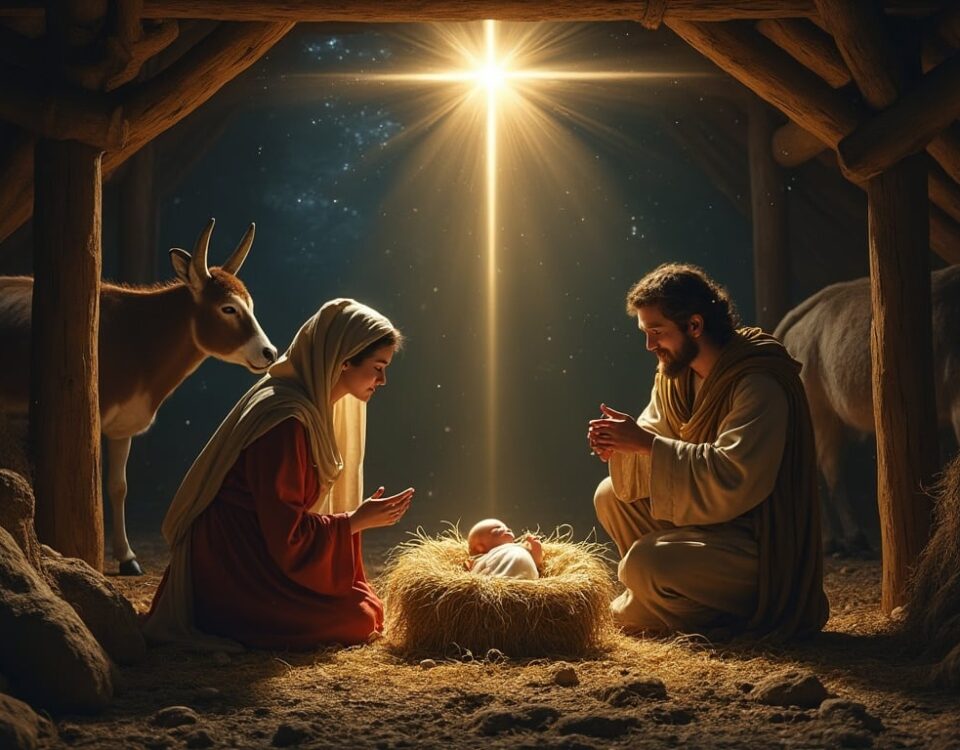Divine Retreat Centre UK – Official Website

Are you tired of rejection?
June 17, 2021
He is jealous for your love
June 20, 2021As we celebrate the feast of Corpus Christi and commemorate the feast of the Sacred Heart of Jesus, we are called to remember how much Christ loves us through the liturgy. For many of us, it is still hard to believe that the Eucharist is the actual body and blood of Jesus Christ. Jesus provided Himself as an offering for us because of His deep love for mankind. This is an important part of our Catholic faith, and fortunately for us, God has been gracious enough to provide miracles over the centuries proving that the Eucharist is the actual body and blood of Jesus Christ.
Many of these miracles were so important in history that they have led to celebrations over the centuries and the construction of chapels and shrines in different cities, towns and countries around the world. The Vatican has compiled 152 of these miracles in over 20 countries in an exhibition—The Vatican International Exhibition on Eucharistic Miracles of the World. This exhibition has visited more than 3,000 parishes in Italy, USA and Canada. Three of the major miracles are highlighted below.
- Lanciano, Italy – 750
A monk doubted the presence of Christ in the Consecrated Host. While celebrating Mass, during the words of the Consecration, he saw the host turn into flesh and the wine turn into blood. This miracle occurred in the presence of others in the Church of St Francis, and it was written on a stone tablet in 1631. The relics of the flesh and blood are still intact today. The blood separated into five unequal parts which together had the exact weight as each part separately. In 1970, the Archbishop of Lanciano got the Vatican’s approval to have the relics of the flesh and blood be analysed by Dr Edward Linoli, a Director of a hospital in Arezzo, Italy, and a Professor of anatomy, histology, chemistry and clinical microscopy. It was determined by scientific examination that
- The miraculous ‘flesh’ is authentic human flesh consisting of heart muscle tissue, also known as striated muscular tissue.
- The miraculous ‘blood’ is authentic human blood and was identified to belong to blood group AB, the same blood type characteristic of most Middle Eastern populations.
- The blood contained the same amount of protein distribution found in a fresh sample of blood and had no traces of salt infiltration or other preservatives which would normally be used to preserve blood for long periods of time. This was miraculous since the miracle of the flesh and blood occurred almost 1,200 years before the analysis.
In 1973, Dr Linoli’s work was reviewed and corroborated by the World Health Organization, which conducted more than 500 tests over a period of 15 months. The scientific community has agreed that it is a supernatural phenomenon as the flesh and blood remained intact for over 1,200 years. To date, the scientific world has no explanation, but we know that this is a miracle from God.
Pictures of the relic wine which transformed into Christ’s blood, the stone tablet about the miracle written in 1631, and images of the flesh and striated muscular tissue can be found and downloaded at
http://therealpresence.org/eucharst/mir/english_pdf/Lanciano1.pdf
http://therealpresence.org/eucharst/mir/english_pdf/Lanciano2.pdf
- Ettiswil, Switzerland – 1447
Consecrated Host was stolen from the parish church of Ettiswil in 1447 by a woman who belonged to a satanic cult. The woman confessed that although she was able to steal the Host from the church, she was unable to go far. As she started walking, the Host became so heavy in her hands that she was forced to throw it down, and it fell against a fence on the road. Her narrative and the happenings of the miracle were included in the town’s government documentation written by one of its noblemen, Hermann von Russeg, Lord of Buron. The Host was discovered by a young swineherd, Margaret Schulmeister. Margaret was out walking her pigs when she noticed that they suddenly stopped on the road and did not want to move any further. She requested the assistance of two passersby, and they noticed in the grass that the Blessed Sacrament had been thrown against the fence and that the Host had divided into seven sections. Six sections formed a flower similar to a rose, and a great light was shining around the Host. This explained why the pigs did not want to move any further along the road.
The local parish priest was called. He arrived and tried to pick up all of the sections of the Host. He was able to pick the six sections which formed the flower. However, the seventh section stuck to the ground, and in front of everyone’s eyes, it disappeared into the ground. The priest and townspeople took this as a sign from God to build a church. So, a church was built at the site where the Host entered the ground. This church is the present Ettiswil Shrine. Its chapel and altar were consecrated on 28 December 1448, a year and a half after the incident. The church became known as a location where God performed many miracles, and villagers came from afar to worship Him. The six sections of the Host which formed the flower are still in existence and preserved as a relic in the church. The church also maintains beautiful artworks depicting key events of the miracle behind the altar.
Pictures of the Shrine, altar and relic can be found and downloaded at http://therealpresence.org/eucharst/mir/english_pdf/Ettiswil.pdf
- Kranenburg, Germany – 1280
In the city of Kranenburg, Germany, a local Eucharistic miracle is also known as the ‘Miracle of the Miraculous Crucifix’. Many documents discuss the account of a shepherd who in 1280 was unable to swallow the Holy Communion due to an illness, and threw the Holy Eucharist against a tree in his garden. The shepherd later felt guilty about this and went to this parish priest to tell him what had happened. The priest asked the shepherd to show him where the Eucharist was thrown in the garden. They searched around the tree for the Host but were unable to find it.
Several years later, the shepherd decided to cut down the tree where he had thrown the Eucharist. As he cut down the tree, it split into two and out fell a carved crucifix. The shepherd stood shocked. News spread quickly through the town that the Sacred Host had changed into a crucifix. People from all over the country came to visit the site in Kranenburg, including the Bishop of Cologne and the Count of Kiev. In 1408, the citizens of Kranenburg constructed a church to honour the miracle. The town holds an annual procession on 14 September in commemoration of the miracle.
The relic of the crucifix is still in existence and is kept in the Church of Sts Peter and Paul in Germany.
Pictures of the church and crucifix can be found and downloaded at
http://therealpresence.org/eucharst/mir/english_pdf/Kranenburg.pdf
This article is about three popular Eucharistic miracles which occurred in Europe. However, there are many more. When you have the time, you may research more about these miracles. The stories will encourage you, increase your faith and help you experience the immense love of God. God asks us to believe in Him. Yet He is so gracious and compassionate that He provides us with evidence along the way to encourage us to believe.
Let’s believe in our God. Let’s believe in our Catholic faith.
“For God so loved the world that He gave His only begotten Son that whosoever believes in Him should not perish but have eternal life.” John 3:16
More information on these miracles can be found at therealpresence.org website. They also have a published book on these miracles: The Eucharistic Miracles Of the World (Catalogue of the Vatican International Exhibition).





1 Comment
AMEN 🙏